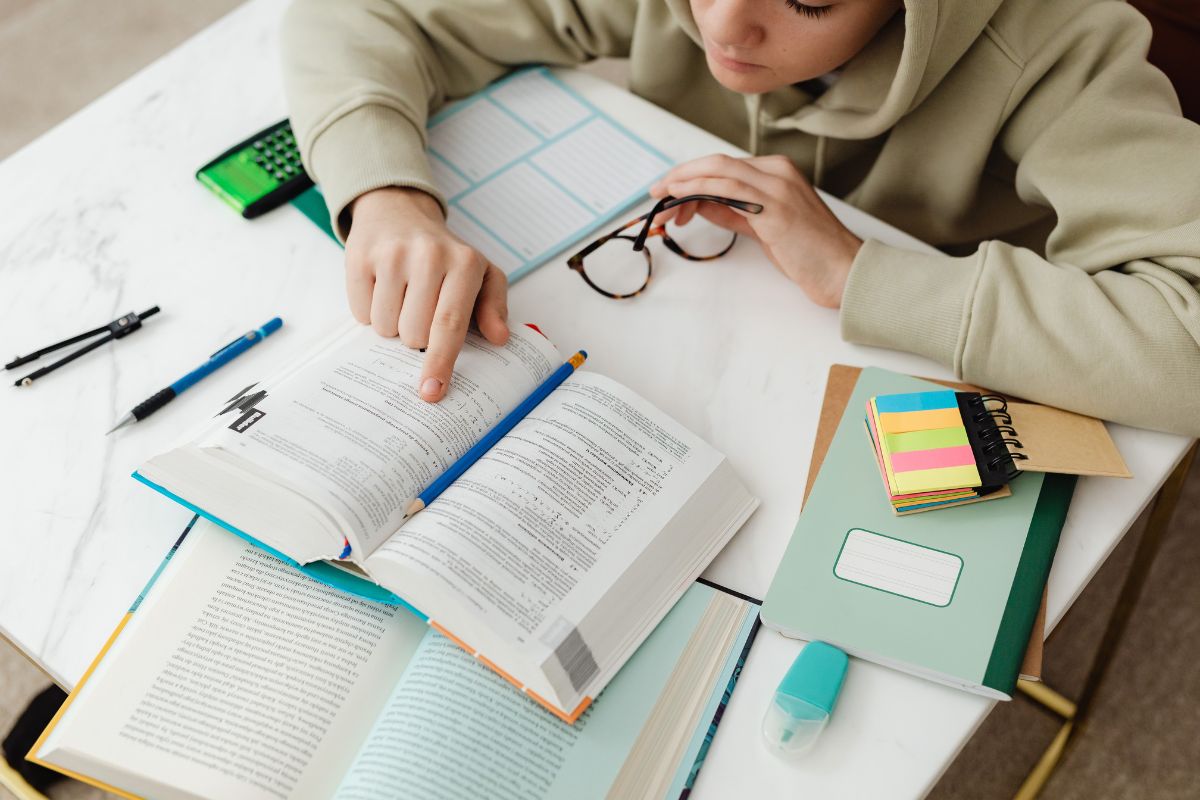“Maths anxiety” creates barriers to learning – how can students overcome this?

A new study from the University of Sussex Business School has revealed that “maths anxiety” can cause disengagement and create significant barriers to learning.
Using behavioural economics, the researchers identify maths anxiety as a reason why some students turn away. This often results in significant barriers to learning for both the individual concerned and others in the class.
This anxiety could cause substantial problems in schools as the UK government seeks to implement universal mathematics education throughout upper secondary school.
But how can this anxiety be managed?
According to the researcher, Dr C. Rashaad Shabab, for students to successfully engage in mathematics, teachers and parents must create a safe environment for trial and error and allow students to make mistakes and prevent learners from reaching the point where the threat of failure becomes debilitating.
“Teachers should ask students to look at mathematics as a puzzle or a game. If we put a puzzle piece in the wrong place, we pick it up and try again. Students should be told that it is okay to be wrong, and in fact being wrong is part of our learning mathematics. They should be encouraged to track their own improvement over time, rather than comparing their achievements with other classmates.
“All of these interventions, fundamentally, take away the ‘sting’ of being wrong, and it is the fear of that ‘sting’ that keeps students from engaging. The findings pave the way for tailored interventions to support those students, who can find themselves overwhelmed by the fear of failure” says Dr C. Rashaad Shabab.
The paper further states that elements of modern technology and video game design can help people struggling with math anxiety through a technique called “dynamic difficulty adjustment”.
This will allow the development of specialist mathematics education computer programs to match the difficulty of mathematics exercises to the ability of each student. Such techniques, if adopted, would keep the problems simple enough to avoid causing anxiety, but challenging enough to improve learning.
The results of this study provide important guiding principles and interventions for teachers and parents who are faced with the prospect of teaching mathematics to children who may be at increased risk of developing mathematics anxiety.
This research is published in “Understanding Mathematics Anxiety: Loss Aversion and Student Engagement, Teaching Mathematics and its Applications: An International Journal of the IMA (2023)”











Responses